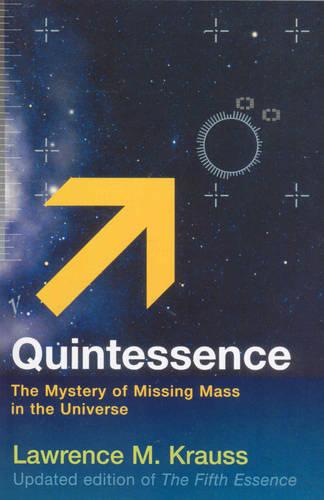
Wheeler, and others, helped to formulate a vocabulary as well as the mathematical tools to describe and predict what a black hole will do to its surroundings. Later research by the American physicist John A. Please tell all those people who like to proclaim, “What goes up must come down!” that they are misinformed.Īlbert Einstein’s general theory of relativity, published in 1916, provides the insight to understand the bizarre structure of space and time in a high-gravity environment. Earth’s escape speed is a mere 11 kilometers per second, so light escapes freely, as would anything else launched faster than 11 kilometers per second.

If light cannot escape, then neither can you, which is why, of course, we call these things black holes.Īll objects have escape speeds. As we saw back in Section 3, light travels at exactly 299,792,458 meters per second in a vacuum and is the fastest stuff in the universe. Another way to look at the dilemma: the speed required to escape a black hole is greater than the speed of light itself. Where else in the universe can you lose your life by being ripped apart atom by atom?īlack holes are regions of space where the gravity is so high that the fabric of space and time has curved back on itself, taking the exit doors with it.

Without a doubt, the most spectacular way to die in space is to fall into a black hole. Death by Black Hole: And Other Cosmic Quandaries - Neil deGrasse Tyson (2014) SECTION 5.


 0 kommentar(er)
0 kommentar(er)
